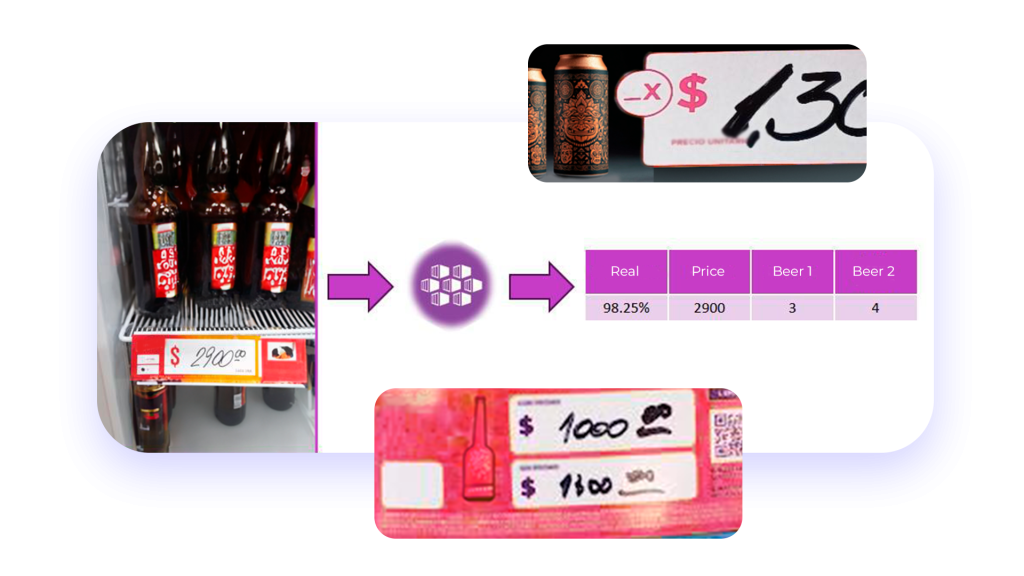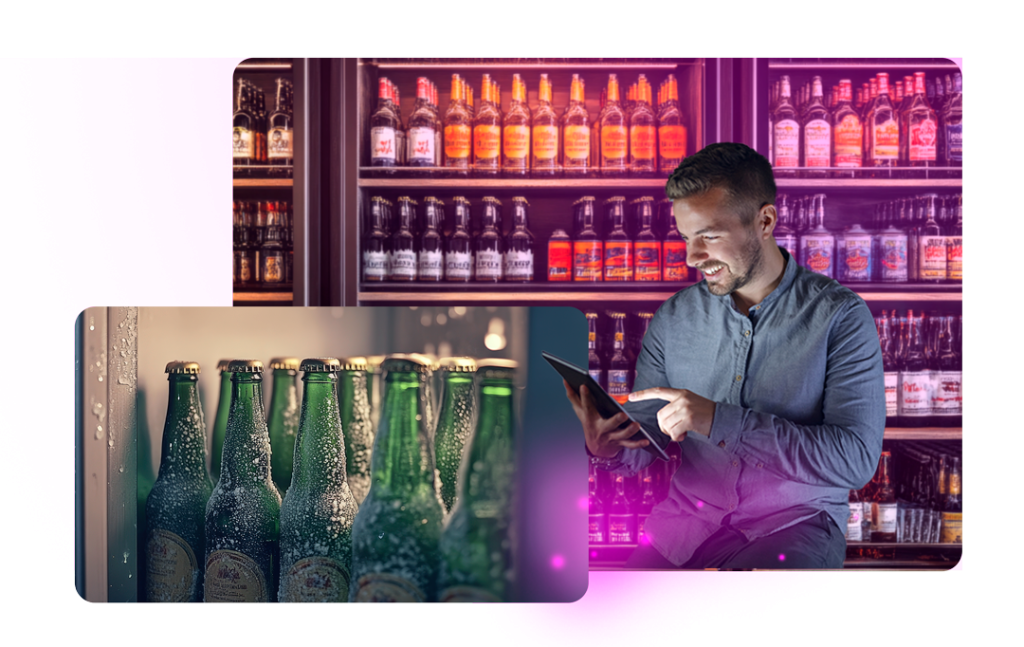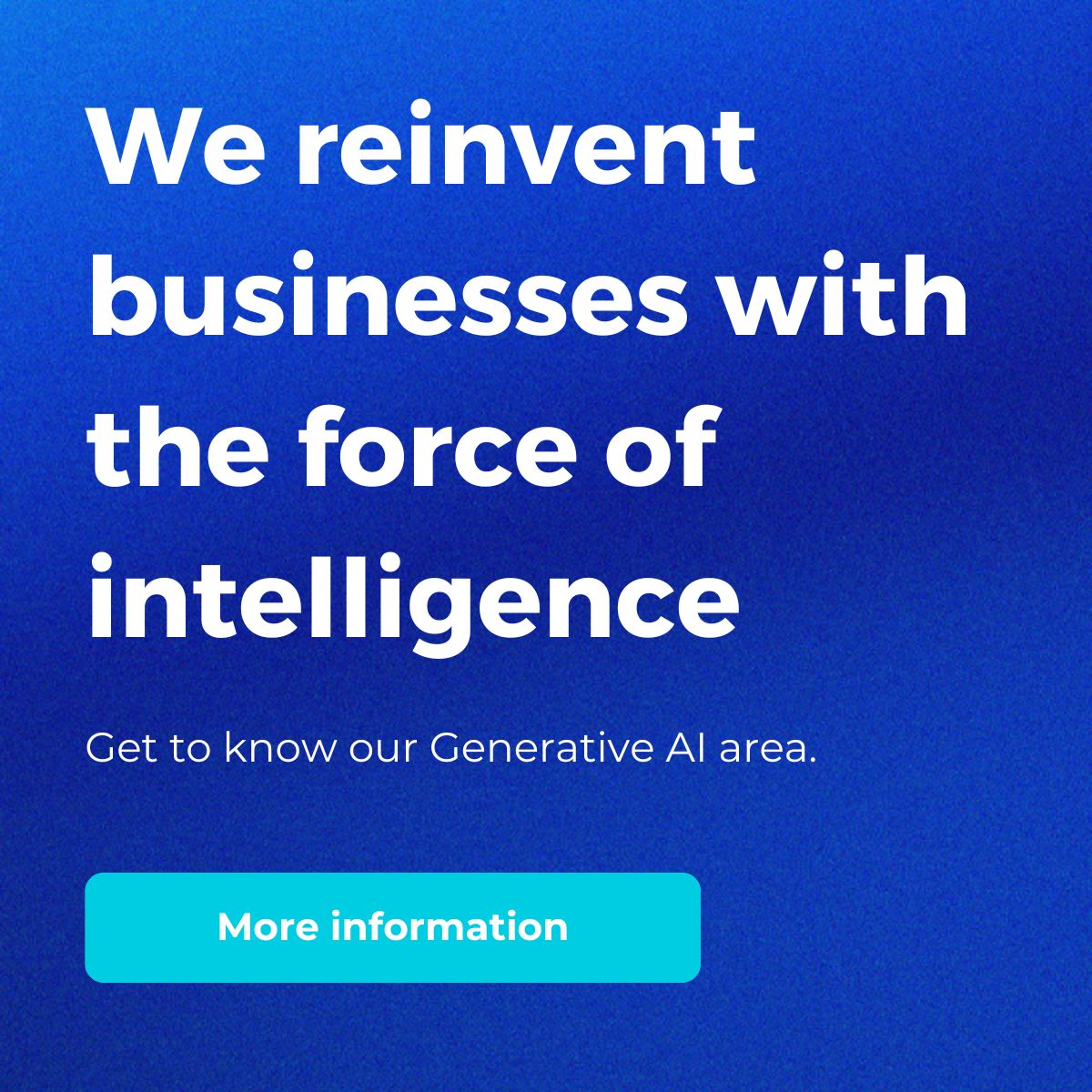Maintaining accurate inventory control and correct display is a real logistical challenge for brewing companies that distribute various brands in tens of thousands of points of sale.
This was the challenge faced by our client, which performed the control manually, analyzing thousands of photos sent by the stores. This involved a team of people dedicated to validating the arrangement of products in coolers and on shelves, a task that becomes overwhelming when handling up to 5,000 images per day.
In this use case, we tell you how we solved this operational problem with our innovative AI solution seeks to solve.
What we did
To transform this process, we employed the power of computer vision. Our solution automates most of the work, allowing the human team to focus only on a small percentage of complex cases, reducing their load to less than 100 reviews per day.
We designed a workflow based on a system of multiple object detection models and OCR (Optical Character Recognition). Each of these models was trained and optimized by our team, which allowed us to:
- Detect fake images (screenshots or photographs to screens).
- Detect and read price tags.
- Identify all cans and bottles.
- Differentiate between different brands.
We do not rely on large generic models or pre-existing solutions. Instead, we customize each part of the process to offer a tailor-made solution, ensuring maximum accuracy and efficiency for our customer’s specific needs.

Project Challenges
The main challenges in this project were twofold: minimizing operating costs and achieving handwritten readability.
Cost optimization and efficiency
The first challenge, cost optimization, was the most challenging. Having to run three computer vision tasks in parallel (price detection, can/bottle detection and brand differentiation), we needed an extremely efficient solution to process thousands of images without excessive delays.
To overcome this, we selected AI models that, while not the largest or most complex, offered high computational efficiency. This involved more complex training on our part, as the goal was speed without sacrificing critical accuracy. In addition, to squeeze out every last bit of performance, we converted these models to ONNX format. This optimizes the model to run faster on different platforms, which is crucial for massive, low-cost processing.
Handwriting recognition
The second challenge, reading handwritten posters, required us to perform extensive analysis. Each poster had unique handwriting, which made recognition highly variable. We identified failure patterns in the OCR model and, by applying programming techniques and a set of logical rules, we were able to successfully cover 87% of the cases.
- Low quality and unreadable decimals
- Garbled text
- Garbled 1 (very common)
- Unclear ink
Although larger models such as GPT-4o or similar would have simplified this task, their use was not feasible due to the fundamental efficiency and low cost requirements of the project. The key was to find a balance between accuracy and economic viability.
Benefits
Our AI solution has generated significant benefits.
For our client, the impact is direct: the optimization of the analysis process. By automating image review, they have achieved a substantial increase in efficiency. This not only translates into reduced human costs on repetitive tasks, but also provides them with the ability to scale their operations and expand their reach without the constraints of manual validation.
Internally, this project has been fundamental to our growth. We have been able to develop the entire process in an orderly and modular fashion. This means that, in the future, we will be able to train new object detection models much more quickly and easily, applying this methodology to other challenges and clients.

Project Results
The success of our solution is measured through several tangible KPIs. We have achieved a reduction of more than 95% in the number of images requiring human review, going from thousands to less than 100 complex cases per day. This translates directly into an optimization of processing time and a significant reduction in operational costs associated with manual validation. In addition, 87% accuracy in handwriting recognition ensures high reliability in price reading, minimizing errors and rework for our client’s team.
Want to harness the power of Generative AI to address your stock control and automation challenges? We have a team of experts in Generative AI and Data who have developed GenIA Ecosystem, an ecosystem of proprietary conversational AI, content generation and data solutions adapted to the needs of the sector. We work together with the Retail and Distribution area to bring value with technology. Tell us about your challenge!
Contact with our Data & AI teamWant to learn more about our Artificial Intelligence services for stock control?

